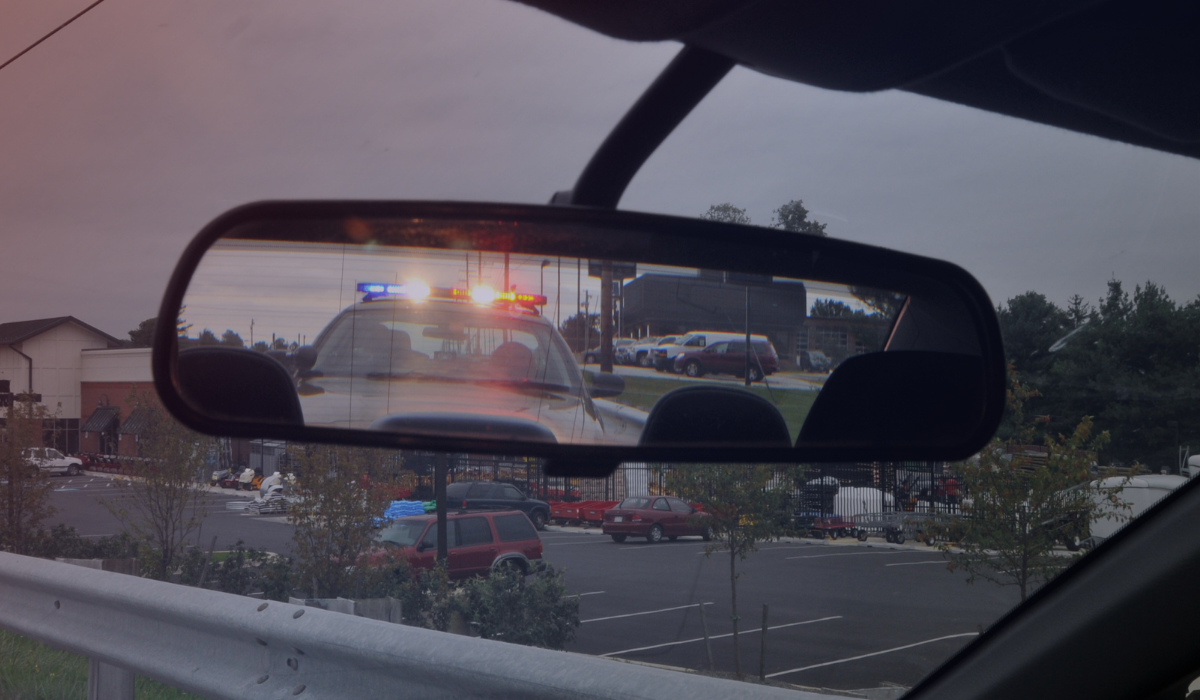September 9, 2024 - Radars: Understanding the Past to Shape the Future
It's Friday after work. You're cruising down the highway singing along to your favorite song when out of the corner of your eye, you spot a state trooper lurking behind the trees. Instinctively you slow down. But it's too late. In your rearview mirror the red and blue lights flash. You've been caught. The officer informs you that their radar system clocked you going 15 MPH over the speed limit.

What you might not realize is that this radar technology could have been developed with the assistance of BNC.
At its core, radar is a system that uses radiofrequency (RF) electromagnetic waves to detect objects. The technology - while highly complex in its advanced forms - always revolves around four essential components: a transmitter, an antenna, a receiver, and a signal processing unit.
Here's how it works: the transmitter generates electromagnetic (EM) waves, which are then transmitted through an antenna into space, the atmosphere, or any propagation medium. When these waves encounter an object - whether it's a cloud, an enemy submarine, or your speeding car - they reflect back to the radar. The receiver picks up these reflections and sends the data to the signal processing unit, where it determines whether the object is of interest or just clutter. The radar in your speeding scenario detected a Doppler shift - a change in frequency caused by your moving car. From this it calculated your range and speed, catching you in the act.
This post kicks off a deeper dive into radar systems. In future posts we'll explore the fascinating history of radar technology, how it has evolved, and why understanding the physics behind it - such as wavelength, frequency, and phase - is crucial. We'll cover important topics like attenuation, radar configurations, and how different systems interact with the environment. Finally, we'll discuss cutting-edge applications, including advanced software like Pulse Descriptor Word and digital modulation schemes, which are powering the next generation of radar technology.
Stay tuned, because just like that speeding ticket, this is just the beginning.

